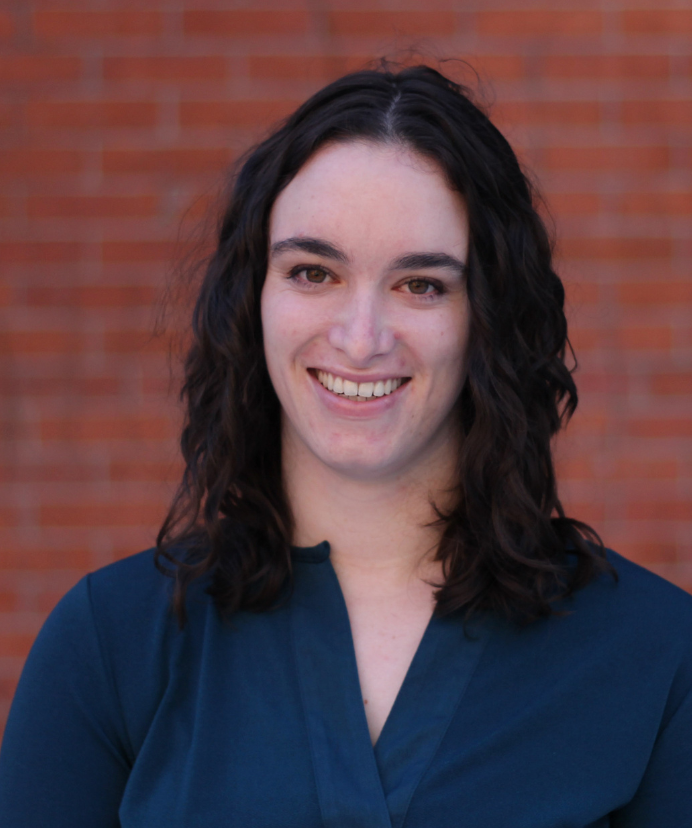Cyrée Jarelle Johnson
Cyrée Jarelle Johnson is a poet, writer, and essayist. He works as the social media and community engagement specialist for Sins Invalid, a performance project based in disability justice.

Read Time: 3 minutes
Published:
Cyrée Jarelle Johnson is a poet, writer, and essayist. He works as the social media and community engagement specialist for Sins Invalid, a performance project based in disability justice. Johnson’s first poetry collection, Slingshot, won a 2020 Lambda Literary Award. Here, Johnson talks about disability justice and the connections between disability and art.
PHP: How do you define disability justice?
Disability justice is a framework that stresses that disability rights, while essential, do not go far enough. Disability rights is a fight to be a citizen of the United States. Disability justice is the fight for disabled people to be fully people and treated fully as human.
How does intersectionality inform your work?
There is a lot of overlap in oppression. My personal work is about calling for coalition building between fat people, sick people and trans people. Fat people have been onboard with disabled people for a long time. Not every fat person is disabled, but we’re both body minorities. We’re medicalized. We should join together.
Yet at the same time, we need to address the way that disability is seen differently in communities of color, and also to some extent in queer and trans communities. By and large, the trans community doesn’t want an intersection with disability. Trans people need medical care and have to pay for it, but some feel that they don’t want the association with disability, even if it might get them medical coverage. Disability doesn’t have to be the forefront of your identity just because it’s there and it’s disabling.
How do you incorporate health into your writing and poetry?
Form is the body, your physical form, your corporeal form, but also form is the body of the poem. By breaking and manipulating form in poetry, you can feel what it’s like to be stunted or to grow past the limit of what you need. There are ways in artistic writing that you can imitate the condition of the body that make people understand it emotionally when they can’t understand it intellectually.
How does art obstruct ableism?
The notions of what art is and who can make art are inherently ableist. Think about all of the writers that are disabled and the lengths to which people go to not think of them that way. What would it be if people said great, disabled writer Susan Sontag. Great, disabled writer Audre Lorde. People don’t do that. Or think about HIV. Books about HIV are about disabled people. They’re probably some of the best examples of late 20th century reckonings with the disabled body and ongoing chronic illness. Will I live? Will I die? Will I be able to go in public? This is an experience of disability even if you don’t identify personally as disabled. But anyone who has the ability to reject disability as a label or a term, will do so. Disability is a label of abjection.
Art slowly changes culture. What art can do is to prepare people for a different kind of world and make the existing world seem too claustrophobic to survive it.
Photo provided by Cyrée Jarelle Johnson



